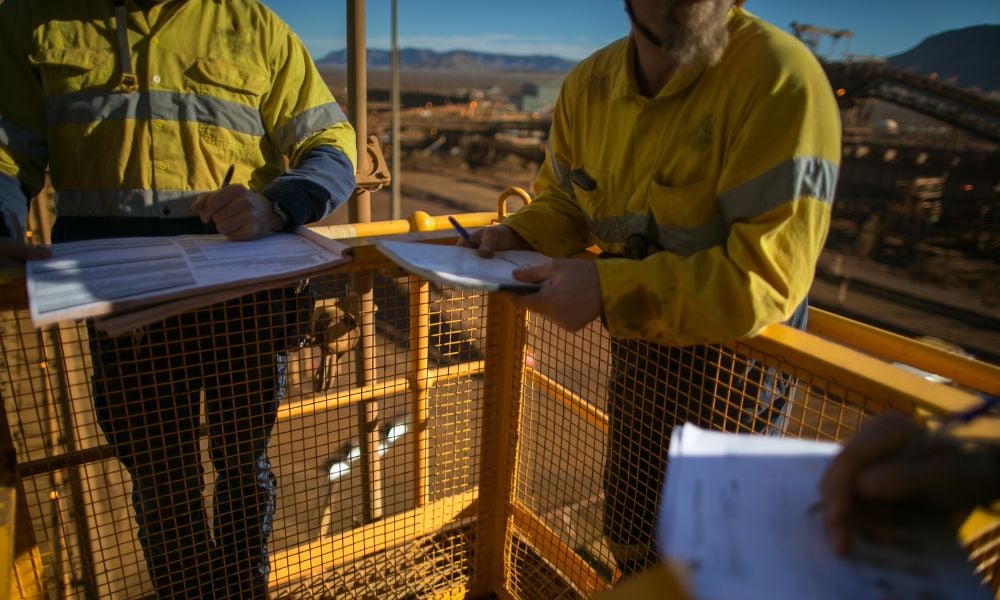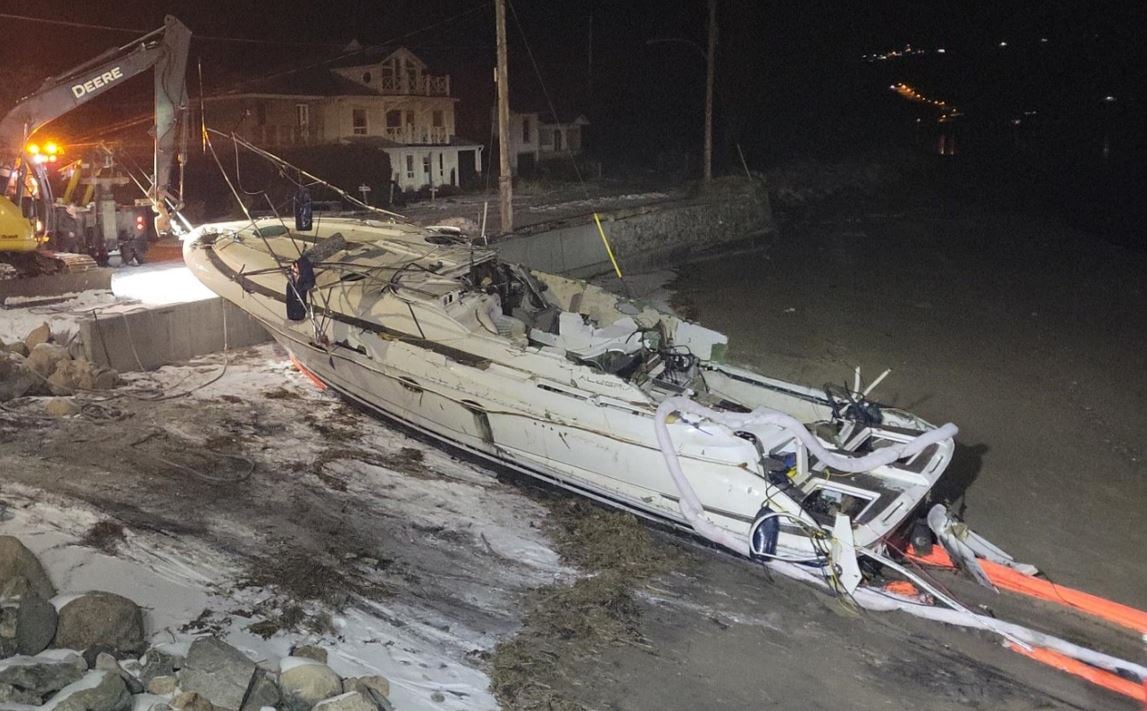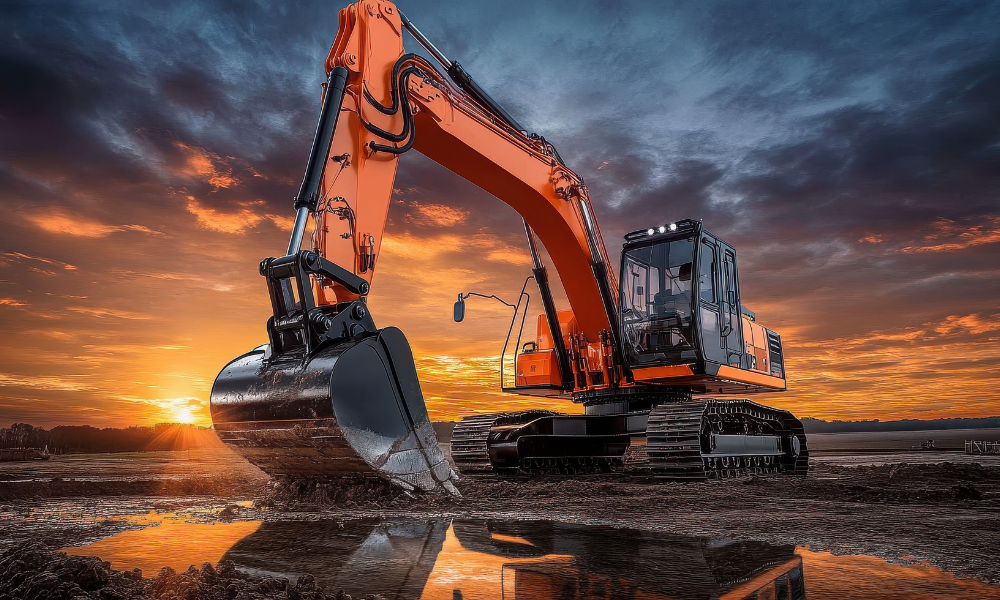Panel discusses uses, challenges, and costs of falling behind

The Canadian Safety Summit, held yesterday at the Pearson Convention Centre, captivated attendees with its forward-thinking panels and discussions. One panel drew significant attention: "Leveraging the Latest Technology: Role of Artificial Intelligence, Connected Wearable Technologies, and Smart Robots." This session focused on the transformative impact of artificial intelligence (AI) on workplace safety, providing insights into the future of safety management and predictive analytics.
The panel was moderated by Jimmy Vassilopoulos, director of national health and safety at Purolator, and featured industry leaders including Olubunmi Alabi, senior manager of national health and safety at HelloFresh Canada; Shilo Neveau, executive vice president of health and safety at Valard Construction Group of Companies and Canada regional director health & safety at Quanta Services, Inc.; and Chandan Uprety, area EHS manager, Canada at Microsoft.
Opening the discussion, Vassilopoulos set the stage by emphasizing the potential of AI in revolutionizing safety practices. "AI technology is not just about data collection; it's about transforming that data into actionable insights that can prevent incidents before they occur," he stated. This sentiment was echoed throughout the panel as experts highlighted the various applications of AI in safety tasks.
Leveraging AI to enhance safety outcomes
Alabi elaborated on the transition from subjective human observations to objective data analysis, noting, "the importance of data is that it's now objective versus the subjective data of human observations. AI's ability to continuously intake and interpret data will drive our analytics teams to new horizons." This shift towards objective data is crucial in enhancing the accuracy and reliability of safety assessments.
Uprety provided a compelling example of AI in action within Microsoft's construction projects. "We're developing data centers and have started using AI tools like ChatGPT to create predictive analysis models. These models assess high-risk activities and provide risk scores, which are then communicated to foremen and supervisors. This proactive approach has already helped us anticipate and prevent potential incidents," he explained.
The panelists agreed that one of the key benefits of AI is its ability to handle large volumes of data efficiently, thus saving time and resources. Neveu remarked, "AI will solve the problem of time, the most expensive commodity. By automating mundane tasks like hazard identifications and safety inspections, safety professionals can focus on strategic decision-making and solution implementation".
Moreover, the integration of AI with other technologies like wearables and smart robots was a focal point of the discussion. Uprety highlighted the synergy between AI and physical technologies, saying, "when we look at robotics and wearables, we're seeing AI's intelligence manifest in physical form. For instance, using virtual reality for training in dynamic construction environments can significantly enhance safety protocols".
Challenges of AI adoption
Despite the enthusiasm for AI, the panel also addressed the challenges and risks associated with its adoption. Alabi pointed out, "AI can replicate biases present in the data it is fed, so it is crucial to ensure ethical considerations are taken into account. Moreover, the cost and privacy concerns related to AI technology must be managed effectively".
Neveu expanded on this by discussing the legal implications of AI adoption in safety practices. "When you talk about the OHS legislation, the concept of the 'reasonable person' in case law includes industry standards and technology usage. If eight out of ten companies adopt a particular safety technology and the other two do not, the courts may deem the non-adopters as unreasonable. This means that what is considered reasonable today will evolve with technological advancements," Neveu explained. He also reassured the audience not to feel overwhelmed by the rapid changes, noting that the journey towards comprehensive AI integration is just beginning.
To mitigate these risks, Neveu stressed the importance of transparency and communication with employees. "Being honest and clear about how their data will be used helps build trust and acceptance. For instance, if AI tools are used for monitoring driving behavior, it's essential to ensure employees understand that the data will be used for coaching and improvement, not disciplinary actions," he said.
The panel concluded with a forward-looking perspective on the role of AI in safety. Vassilopoulos encouraged safety professionals to embrace AI technology. "We are at the beginning of this journey. It's crucial to start experimenting with AI tools now to stay ahead. As we move forward, the integration of AI in safety practices will become a standard, making our workplaces safer and more efficient".
The Canadian Safety Summit once again proved to be a pivotal event, highlighting the innovative strides being made in workplace safety through technology. As AI continues to evolve, its role in predicting and preventing safety incidents will undoubtedly become an integral part of safety management across industries.





